Home>Renovation & DIY>Home Renovation Guides>4 Ways To Stay Within Budget When Remodeling A Bathroom
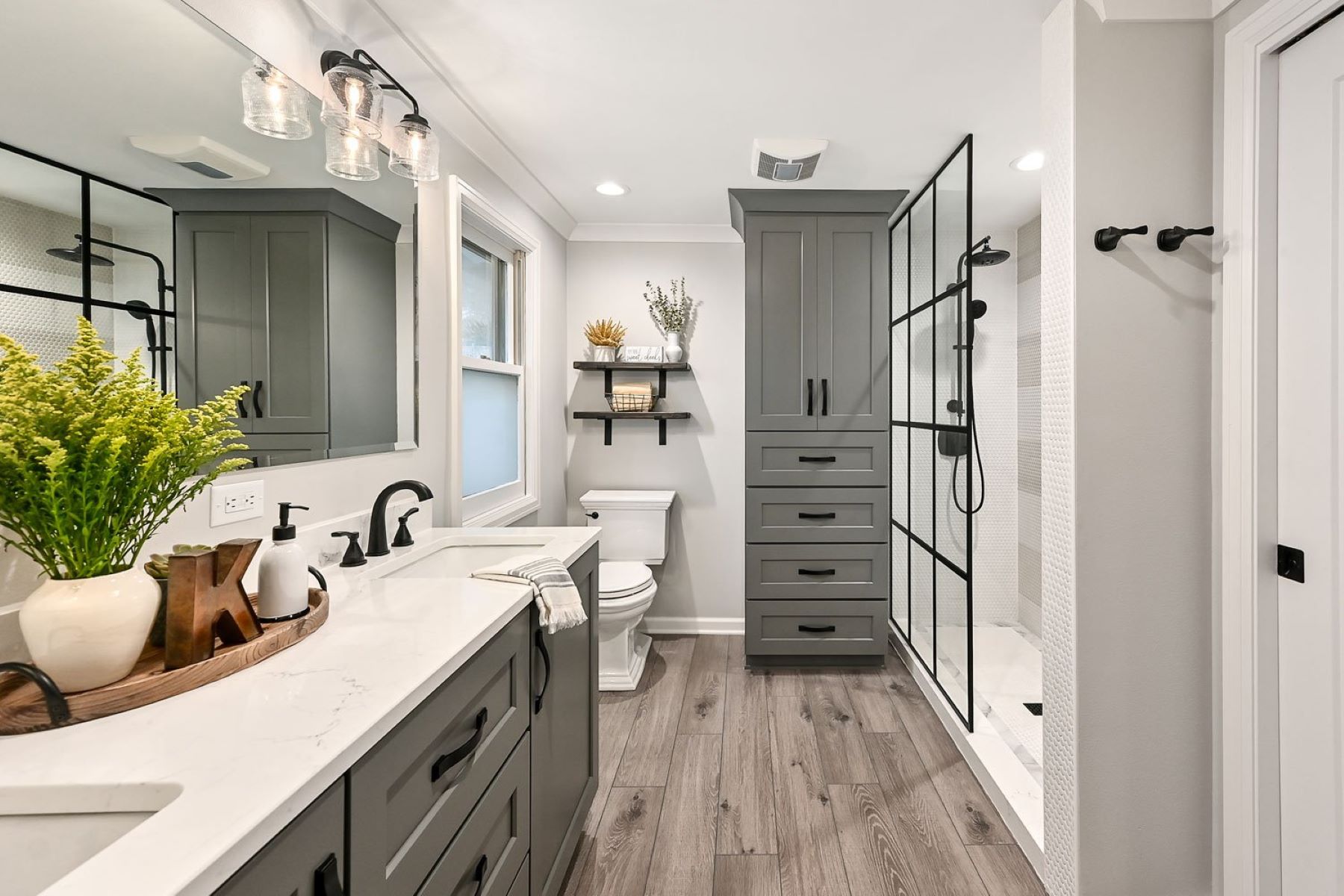

Home Renovation Guides
4 Ways To Stay Within Budget When Remodeling A Bathroom
Modified: October 20, 2024
Discover 4 essential tips for staying on budget during your bathroom remodel. Our home renovation guide will help you achieve your dream space without breaking the bank.
(Many of the links in this article redirect to a specific reviewed product. Your purchase of these products through affiliate links helps to generate commission for Storables.com, at no extra cost. Learn more)
Setting a Realistic Budget
Embarking on a bathroom remodeling project can be an exciting endeavor, but it’s crucial to establish a realistic budget to guide your decisions and prevent overspending. Here are four essential tips to help you stay within budget and achieve a successful bathroom renovation.
1. Assess Your Financial Situation: Before diving into the renovation process, carefully evaluate your financial resources and determine how much you can comfortably allocate to the project. Consider factors such as your savings, available credit, and any potential financing options. By gaining a clear understanding of your financial standing, you can set a practical budget that aligns with your means.
2. Research Project Costs: Conduct thorough research to gain insight into the typical costs associated with bathroom renovations. Factors such as the size of the space, desired upgrades, and the extent of the remodeling work can significantly impact the overall expenses. Utilize online resources, consult with professionals, and explore home improvement stores to gather pricing information for fixtures, materials, and labor. This comprehensive approach will enable you to formulate a well-informed budget that covers all necessary expenses.
3. Account for Contingencies: Unforeseen circumstances can arise during a remodeling project, leading to unexpected expenses. It’s advisable to allocate a portion of your budget for contingencies, such as potential structural issues, plumbing complications, or the discovery of mold or water damage. Including a contingency fund in your budget will provide a safety net, offering financial flexibility to address unforeseen challenges without derailing the entire project.
4. Seek Professional Guidance: Consulting with experienced contractors or renovation specialists can offer invaluable insights into the budgeting process. Professionals can provide estimates for various aspects of the project, offer cost-saving recommendations, and help you prioritize essential upgrades within your budget constraints. Their expertise can prevent budgetary oversights and ensure that your financial plan aligns with the realistic scope of your renovation goals.
By diligently assessing your financial capacity, researching project costs, accounting for contingencies, and seeking professional guidance, you can establish a realistic budget that empowers you to embark on a bathroom remodeling journey with confidence and fiscal prudence.
Key Takeaways:
- Establish a realistic budget by assessing finances, researching costs, accounting for contingencies, and seeking professional guidance to avoid overspending during bathroom renovations.
- Prioritize functional needs, define aesthetic preferences, consider long-term value, and embrace flexibility to make informed decisions that align with your budget and vision for a satisfying bathroom renovation.
Prioritizing Your Needs and Wants
When remodeling a bathroom, it’s essential to prioritize your needs and wants to make informed decisions that align with your budget and vision for the space. By following these four key strategies, you can navigate the process of prioritization effectively.
1. Assess Functional Requirements: Begin by evaluating the functional aspects of your current bathroom and identifying any deficiencies that need to be addressed. Consider factors such as inadequate storage, outdated plumbing fixtures, or insufficient lighting. By prioritizing essential functional improvements, such as enhancing storage capacity or upgrading to water-efficient fixtures, you can ensure that your renovation efforts focus on enhancing the usability and practicality of the space.
2. Define Aesthetic Preferences: While functional considerations are crucial, it’s equally important to define your aesthetic preferences and design aspirations for the remodeled bathroom. Determine the visual elements that are integral to your vision, such as the choice of tiling, color schemes, and decorative features. By discerning your aesthetic priorities, you can allocate your budget towards achieving the desired visual appeal while making informed trade-offs to manage costs effectively.
3. Consider Long-Term Value: When weighing different upgrades and design choices, consider the long-term value they can bring to your home. Investments in high-quality, durable materials and energy-efficient fixtures not only enhance the bathroom’s functionality and visual appeal but also contribute to the overall value of your property. By prioritizing long-term value, you can make strategic decisions that align with your budget while yielding lasting benefits for your home.
4. Flexibility and Compromises: Recognize that flexibility and compromises are integral to the prioritization process. Not all wants may fit within the constraints of your budget, necessitating thoughtful compromises. Identify areas where you can be flexible without compromising on essential needs. This approach allows you to make informed trade-offs, ensuring that your budget is allocated towards the most impactful and meaningful upgrades for your bathroom.
By assessing functional requirements, defining aesthetic preferences, considering long-term value, and embracing flexibility in the prioritization process, you can navigate the complexities of remodeling a bathroom with clarity and purpose. This approach empowers you to make informed decisions that harmonize your needs, wants, and budget, resulting in a well-balanced and satisfying renovation outcome.
Consider using alternative materials such as vinyl flooring instead of tile to save on costs without compromising on style and durability.
Researching Cost-Effective Materials and Fixtures
Embarking on a bathroom remodeling project involves careful consideration of materials and fixtures to achieve a balance between quality, aesthetics, and cost-effectiveness. By employing the following strategies, you can conduct thorough research and make informed choices to optimize your budget without compromising on the overall appeal and functionality of the renovated space.
1. Explore Durable and Budget-Friendly Materials: Researching cost-effective materials entails identifying options that offer durability, visual appeal, and affordability. For example, porcelain and ceramic tiles are popular choices for bathroom flooring and walls due to their resilience and cost-effectiveness. Similarly, laminate and quartz countertops provide an attractive alternative to pricier natural stone options, delivering a blend of style and durability at a lower cost. By exploring such materials, you can strike a balance between quality and budget considerations.
2. Evaluate Fixture Efficiency and Affordability: When selecting fixtures such as faucets, showerheads, and toilets, prioritize options that offer water efficiency without compromising on performance. High-efficiency fixtures not only contribute to sustainable water usage but also lead to long-term cost savings on utility bills. Additionally, exploring reputable brands and comparing prices across different suppliers can help you identify fixtures that align with your budget while meeting your functional and aesthetic requirements.
3. Utilize Online Resources and Showrooms: Leveraging online resources, including home improvement websites, forums, and manufacturer websites, can provide valuable insights into cost-effective materials and fixtures. Reading product reviews, exploring design ideas, and comparing prices online can aid in identifying budget-friendly options without sacrificing quality. Additionally, visiting showrooms and home improvement stores allows you to examine materials and fixtures firsthand, enabling you to assess their quality, aesthetics, and affordability before making purchasing decisions.
4. Consider Long-Term Maintenance Costs: In addition to upfront expenses, consider the long-term maintenance costs associated with the chosen materials and fixtures. Opting for low-maintenance and easy-to-clean materials can contribute to cost savings over time by reducing the need for frequent repairs and replacements. By factoring in long-term maintenance considerations during the research phase, you can make informed choices that align with your budget and long-term sustainability goals.
By exploring durable and budget-friendly materials, evaluating fixture efficiency and affordability, utilizing online resources and showrooms, and considering long-term maintenance costs, you can conduct comprehensive research to identify cost-effective solutions for your bathroom remodeling project. This approach empowers you to make informed decisions that optimize your budget while enhancing the functionality, aesthetics, and sustainability of the renovated space.
Hiring a Reputable Contractor
When undertaking a bathroom remodeling project, selecting a reputable contractor is paramount to ensuring the successful execution of your renovation plans within budgetary constraints. By following these essential guidelines, you can navigate the process of hiring a contractor with confidence and diligence.
1. Seek Recommendations and Reviews: Begin your search for a reputable contractor by seeking recommendations from trusted sources such as friends, family, and colleagues who have undergone similar remodeling projects. Additionally, explore online reviews and testimonials to gauge the experiences of past clients. A contractor with a track record of positive reviews and satisfied customers is more likely to deliver quality workmanship and adhere to budgetary agreements.
2. Verify Credentials and Licenses: Prior to engaging a contractor, verify their credentials, licenses, and insurance coverage. A reputable contractor should possess the necessary licenses and insurance to operate legally and provide protection in the event of unforeseen incidents. By ensuring that the contractor is properly licensed and adequately insured, you can mitigate potential risks and safeguard your investment in the remodeling project.
3. Request Detailed Estimates and Contracts: When soliciting estimates from potential contractors, request detailed breakdowns of the projected costs for labor, materials, and any additional expenses. A transparent and comprehensive estimate enables you to assess the financial aspects of the project and make informed comparisons between different contractors. Furthermore, a well-defined contract outlining the scope of work, project timelines, payment schedules, and warranty terms provides clarity and accountability, reducing the likelihood of budgetary discrepancies and misunderstandings.
4. Communicate Budgetary Constraints: Open and transparent communication regarding your budgetary constraints is essential when engaging a contractor. Clearly convey your financial parameters and expectations, emphasizing the importance of adhering to the established budget. A reputable contractor will respect your budgetary concerns and work collaboratively to propose viable solutions and adjustments to the project scope that align with your financial limitations without compromising quality.
5. Emphasize Quality and Value: While cost considerations are significant, prioritize the value and quality of the work offered by the contractor. Assess their portfolio of completed projects, inquire about the quality of materials and craftsmanship they employ, and seek assurances regarding adherence to industry standards and building codes. A contractor committed to delivering superior quality and value-driven outcomes will prioritize your satisfaction while respecting your budgetary parameters.
By seeking recommendations, verifying credentials, requesting detailed estimates and contracts, communicating budgetary constraints, and emphasizing quality and value, you can navigate the process of hiring a reputable contractor for your bathroom remodeling project. This approach empowers you to collaborate with a skilled professional who shares your commitment to achieving a successful renovation outcome within your budgetary framework.
Frequently Asked Questions about 4 Ways To Stay Within Budget When Remodeling A Bathroom
Was this page helpful?
At Storables.com, we guarantee accurate and reliable information. Our content, validated by Expert Board Contributors, is crafted following stringent Editorial Policies. We're committed to providing you with well-researched, expert-backed insights for all your informational needs.


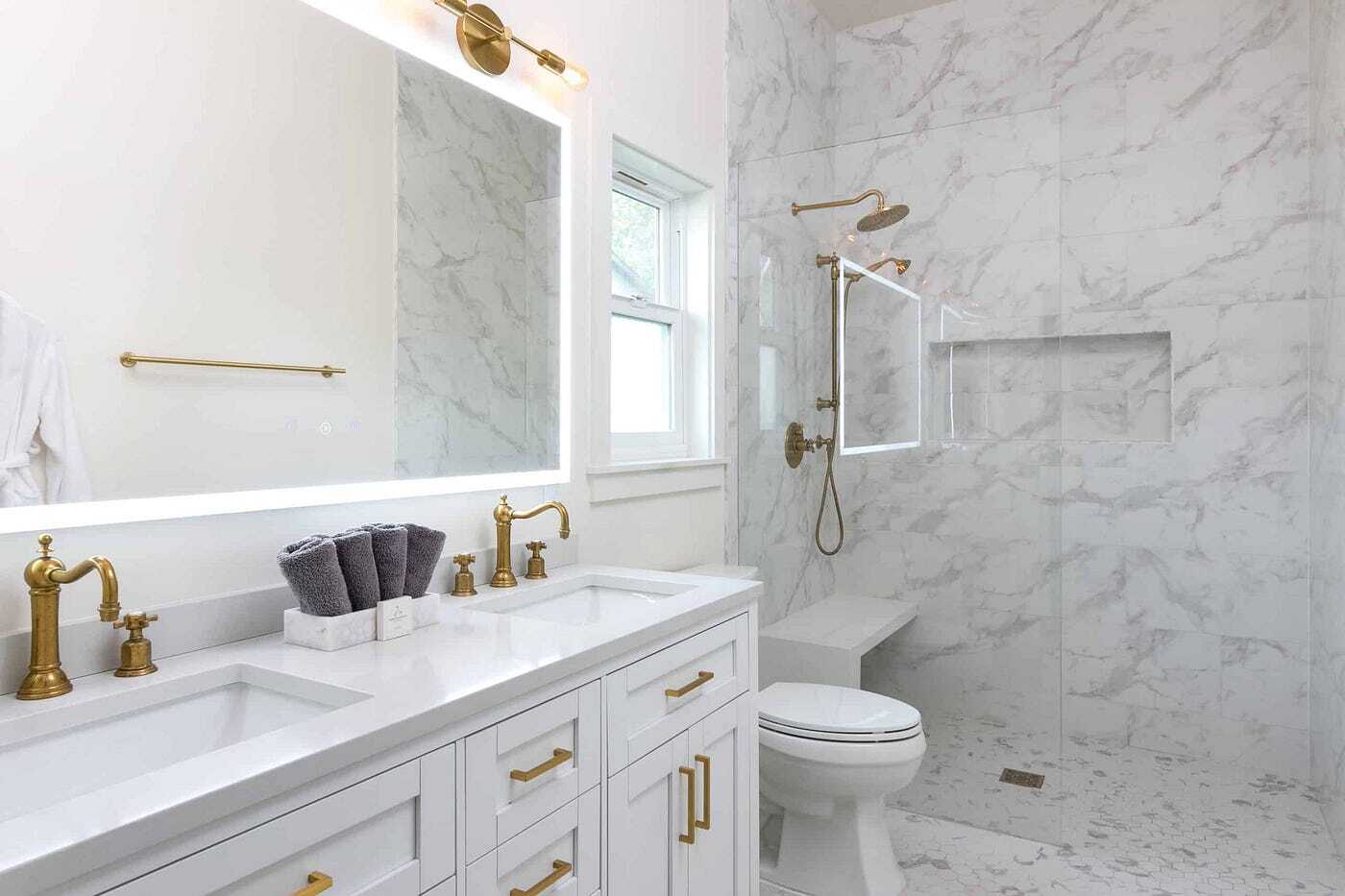
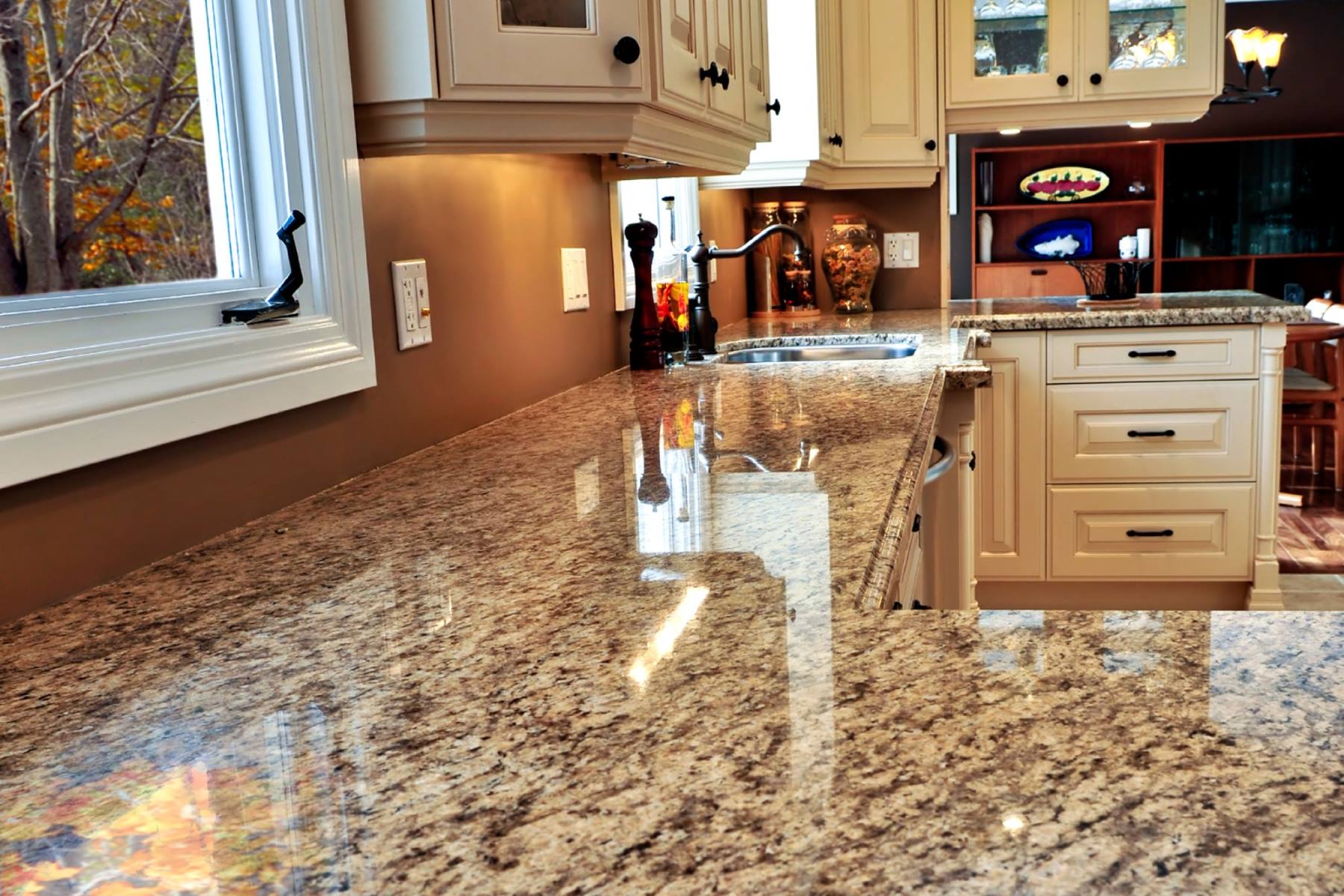
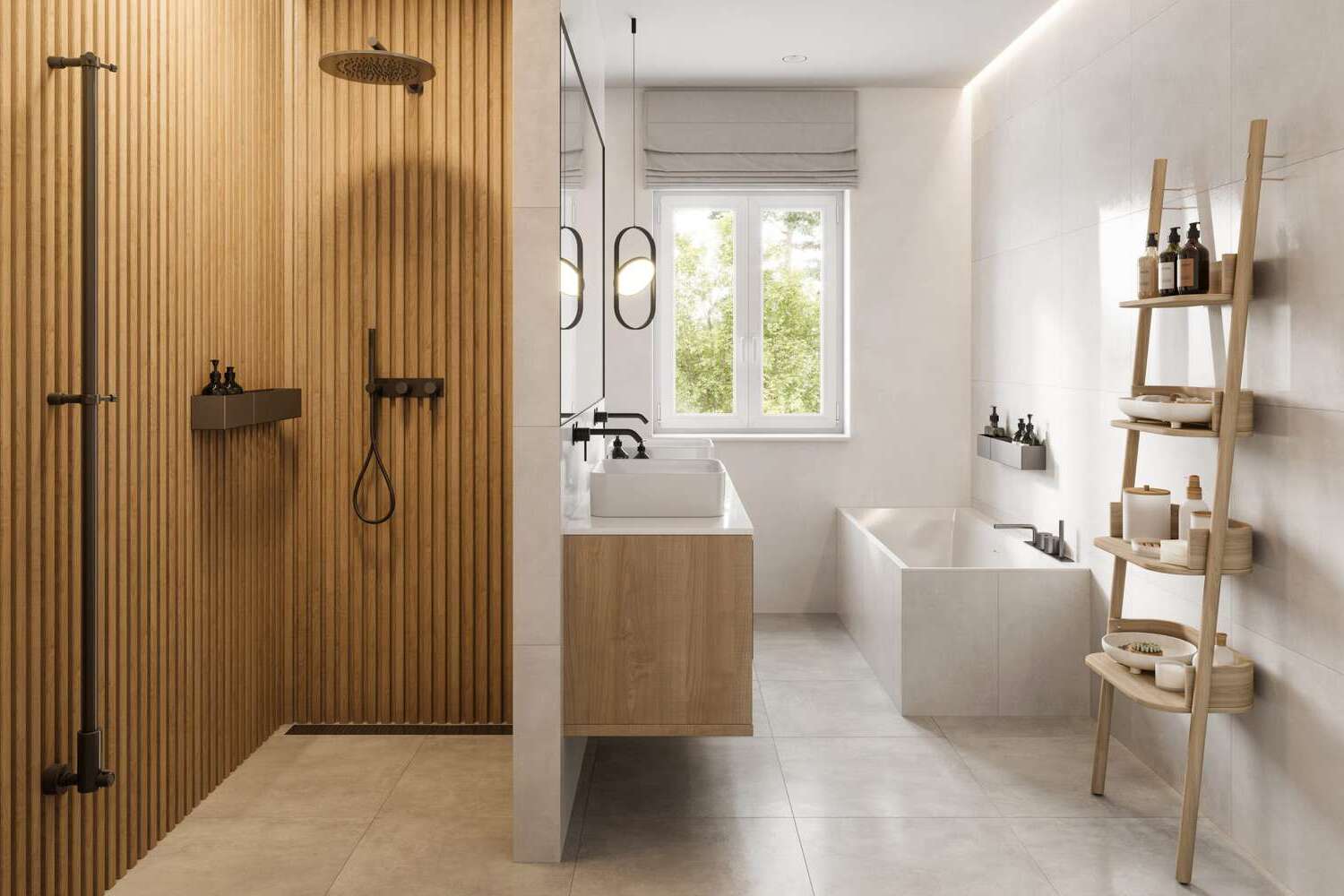
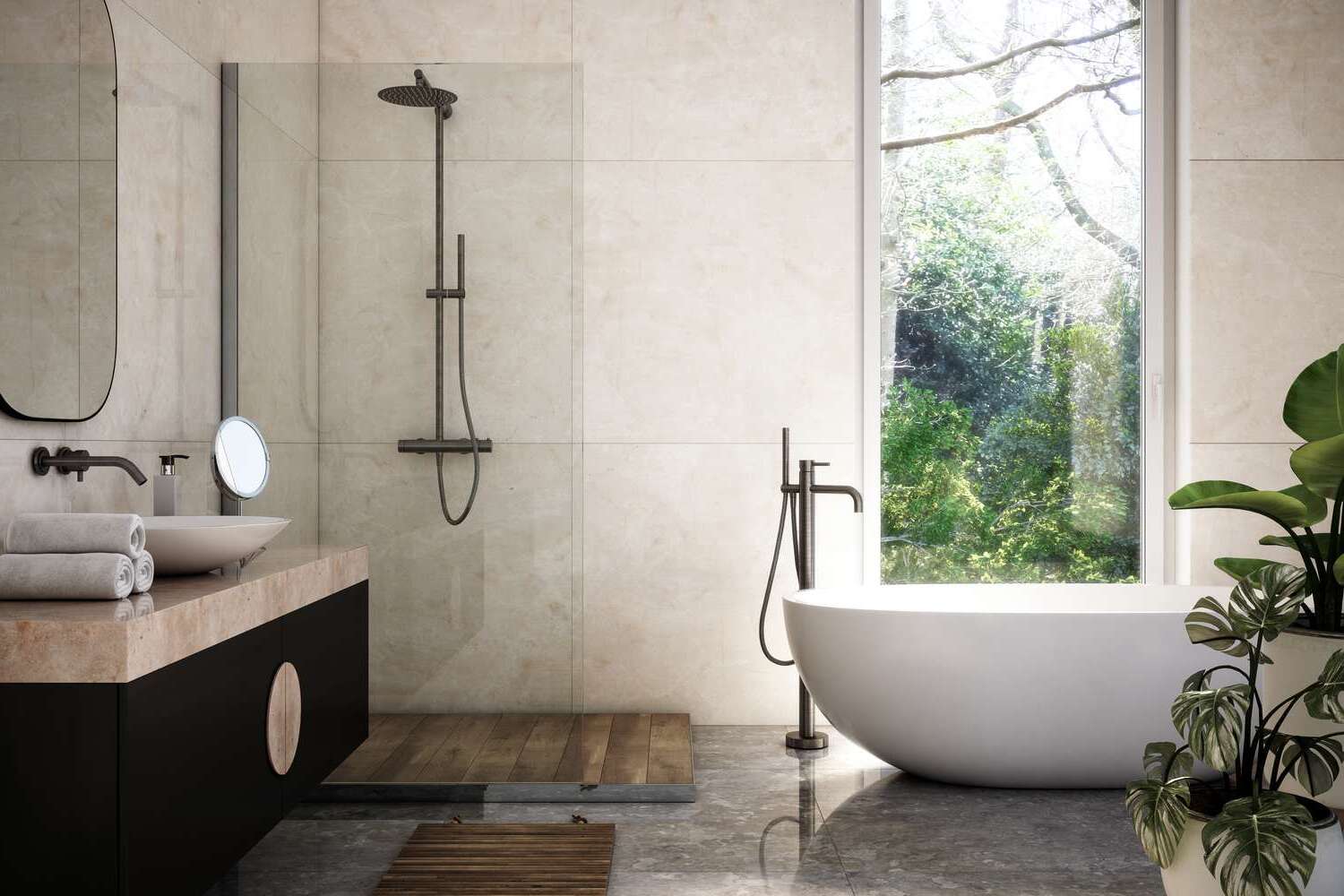

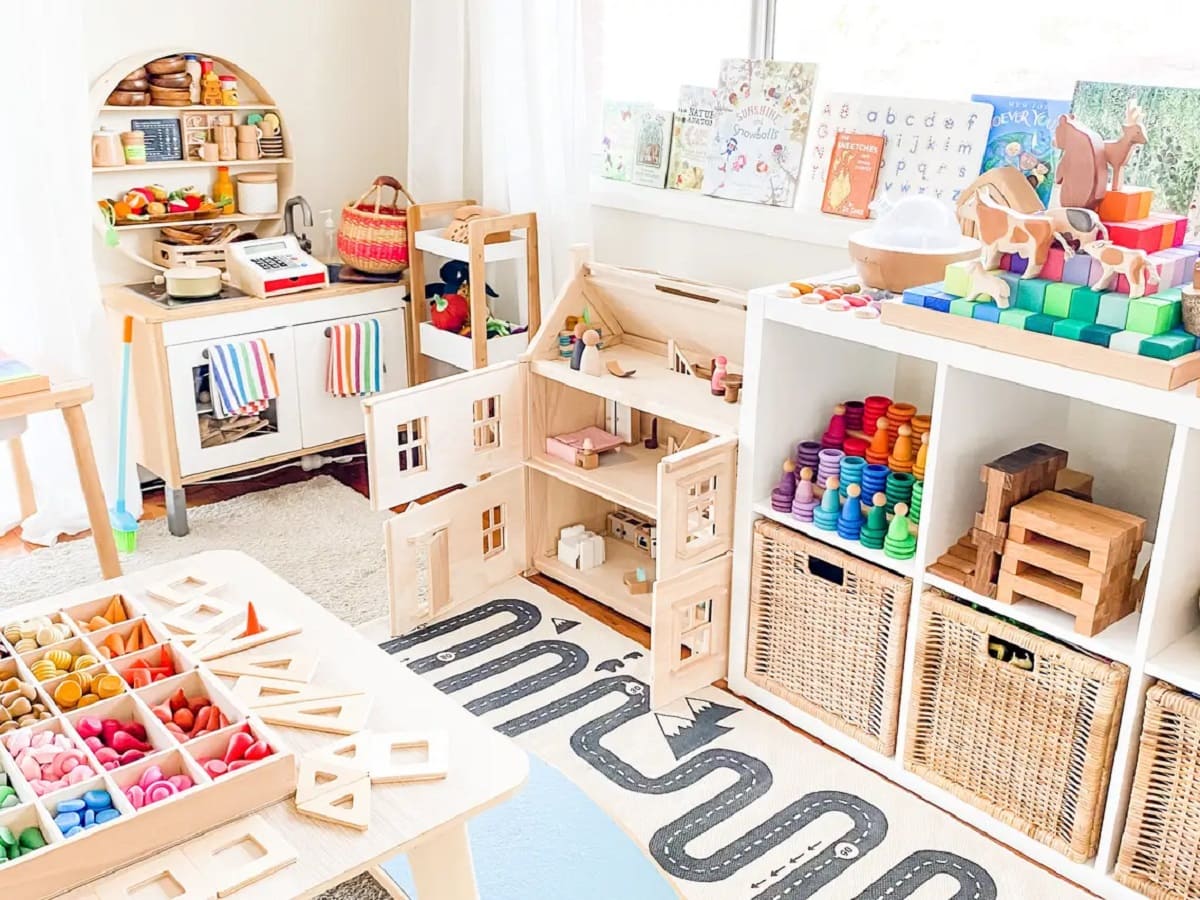
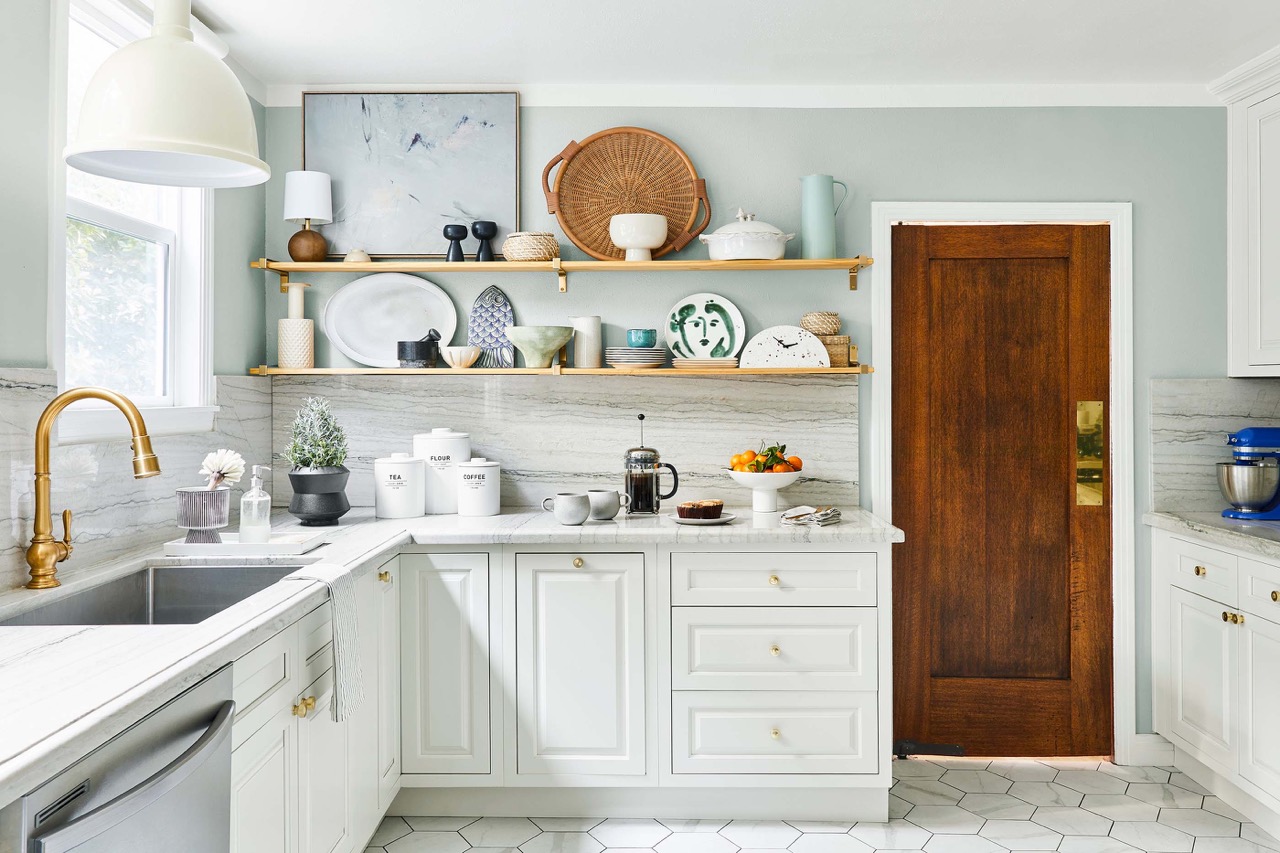
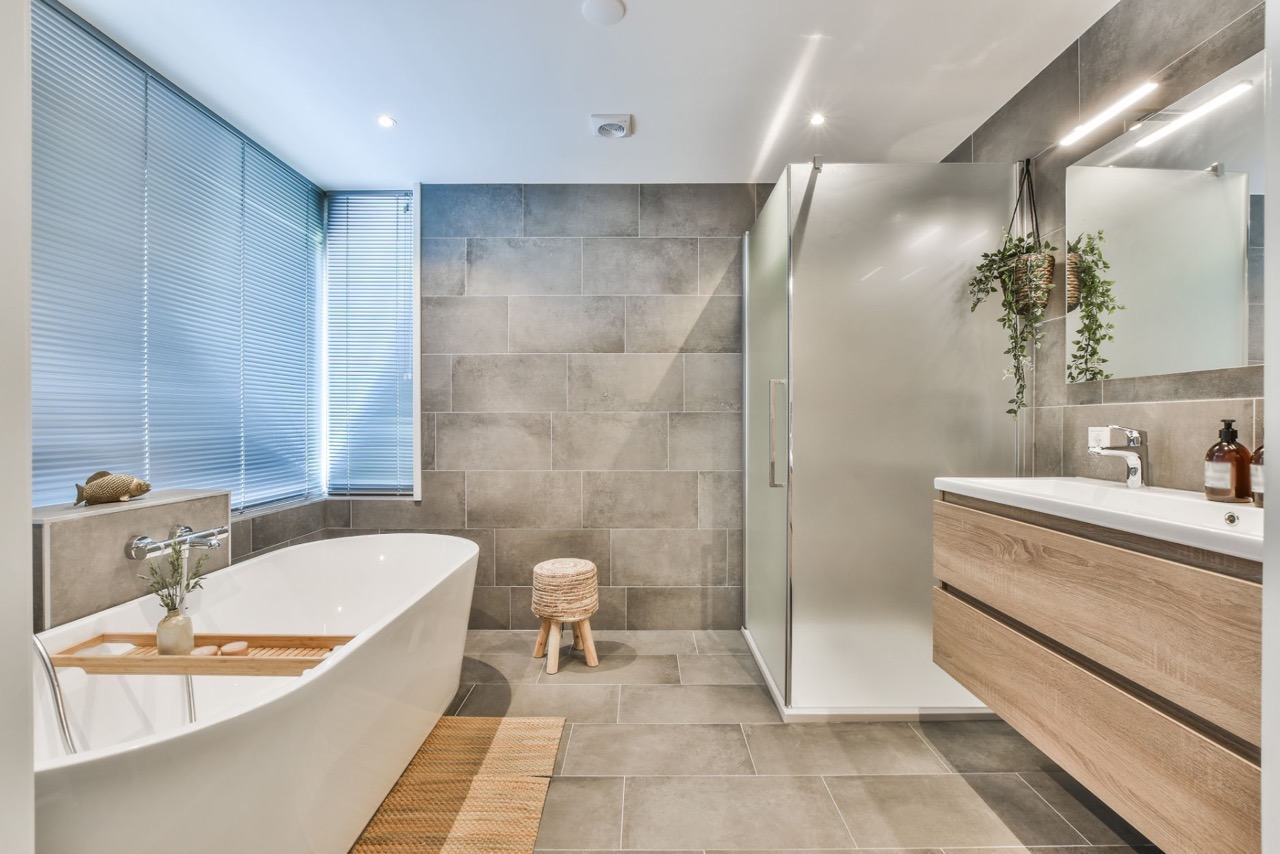


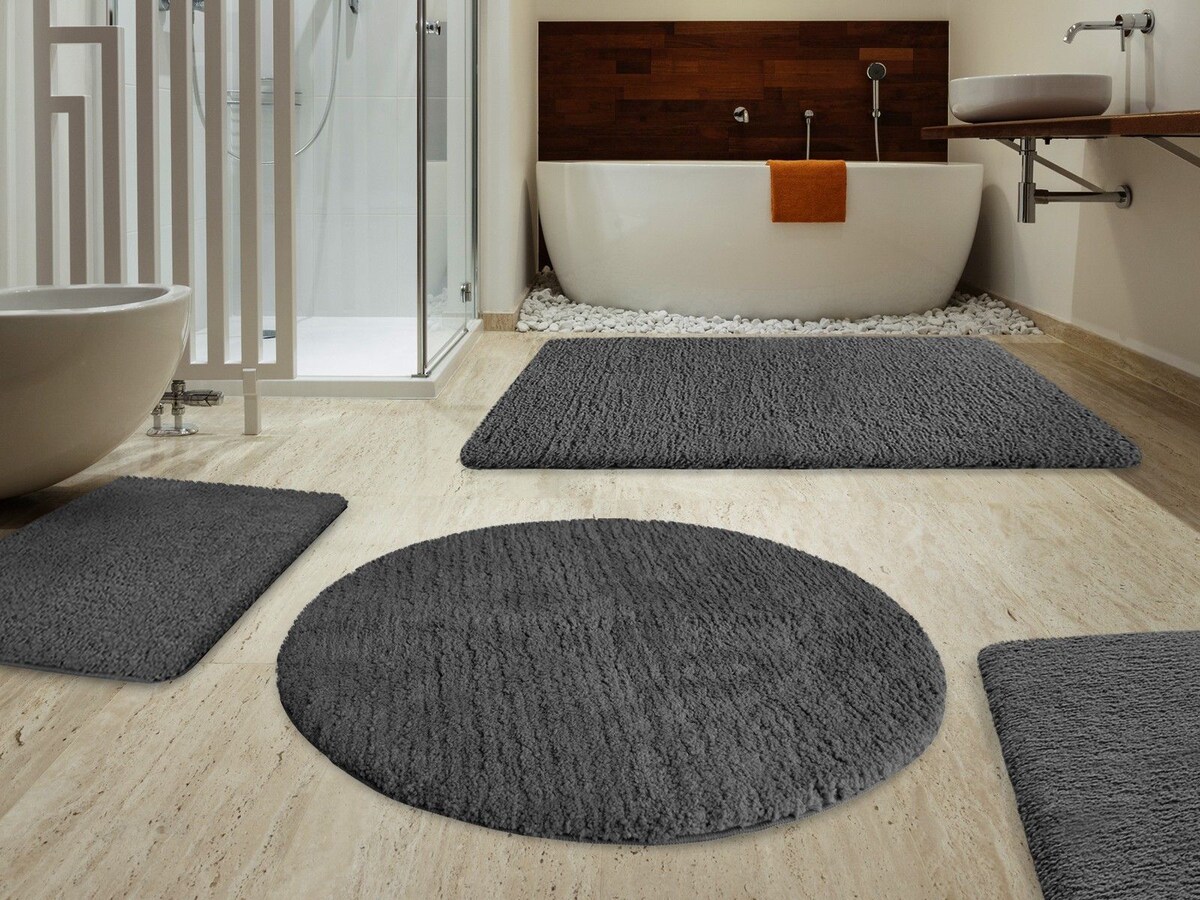



0 thoughts on “4 Ways To Stay Within Budget When Remodeling A Bathroom”